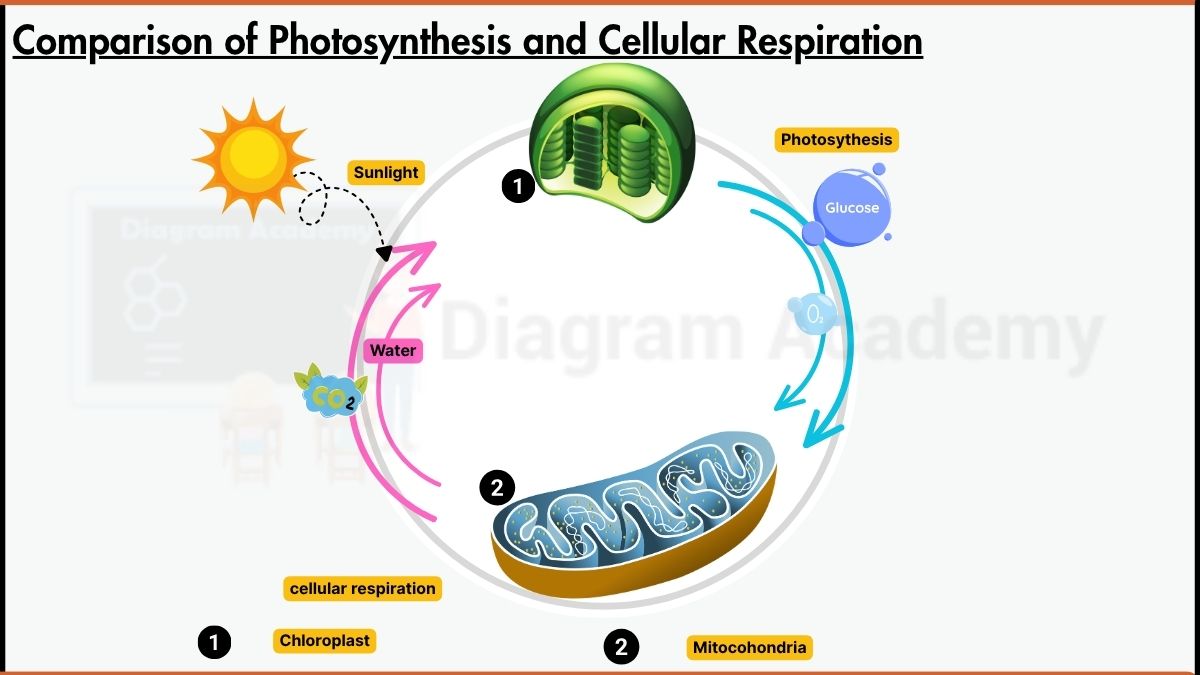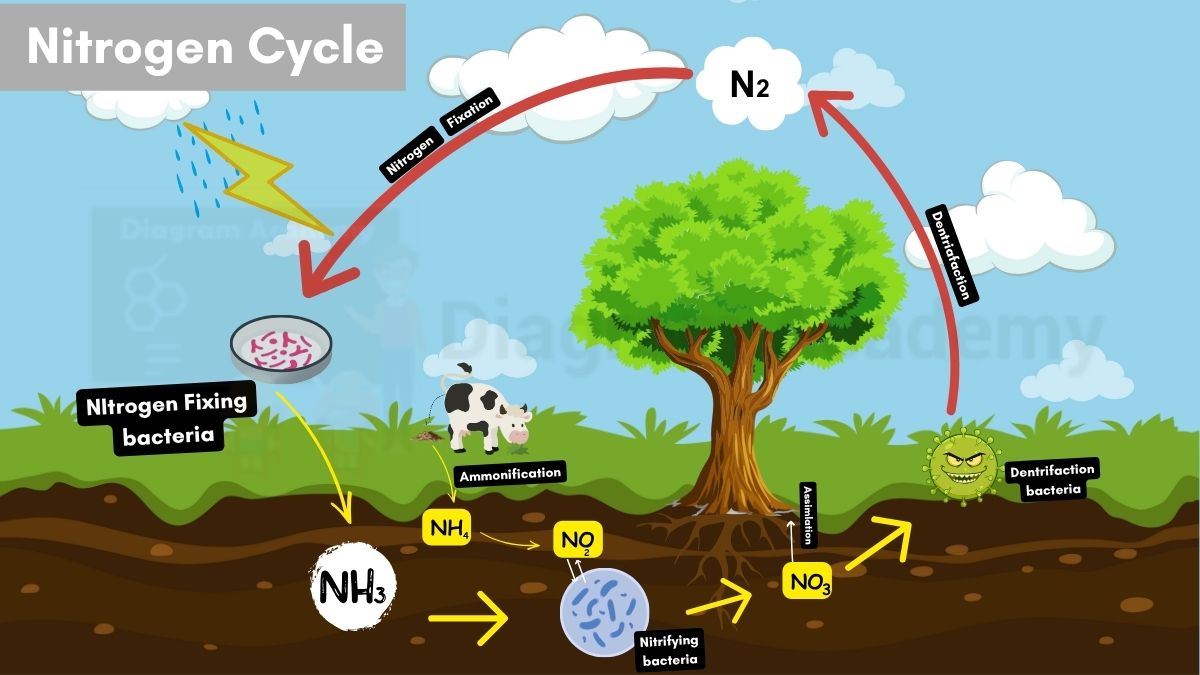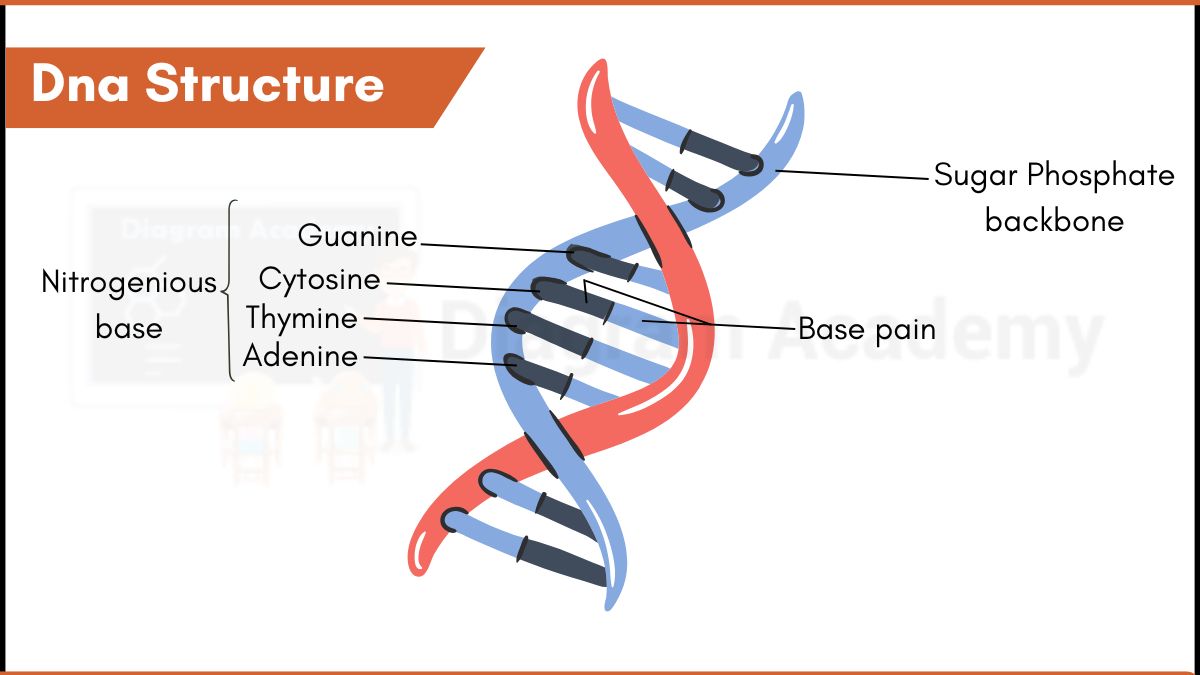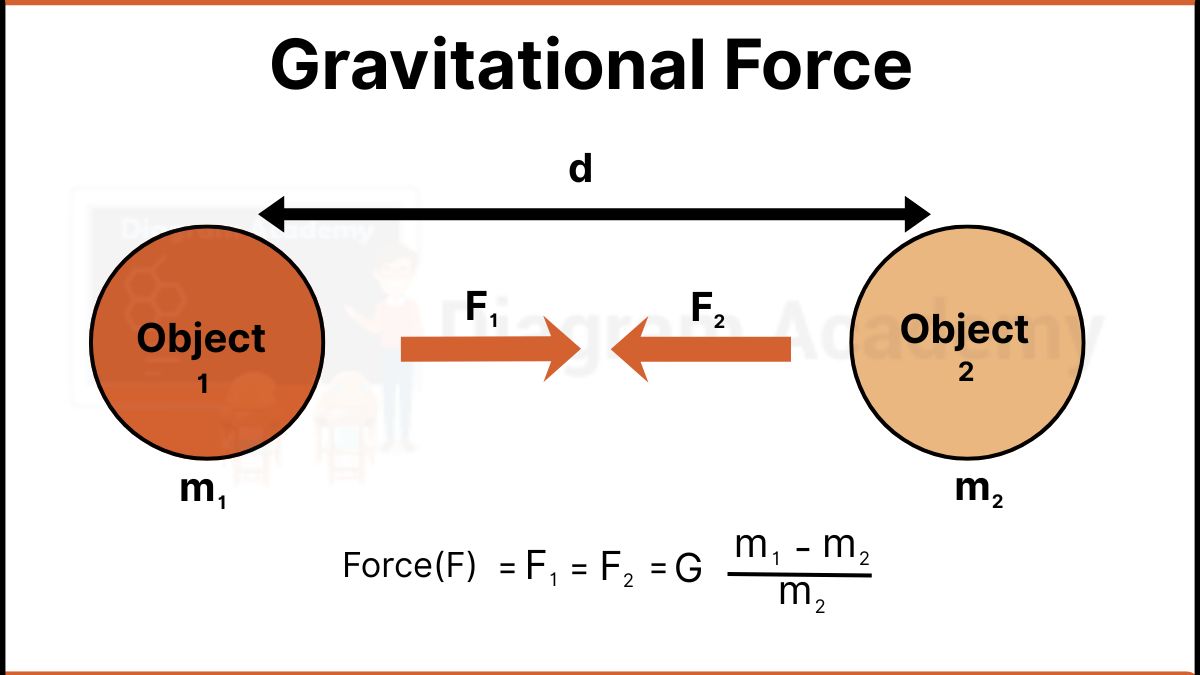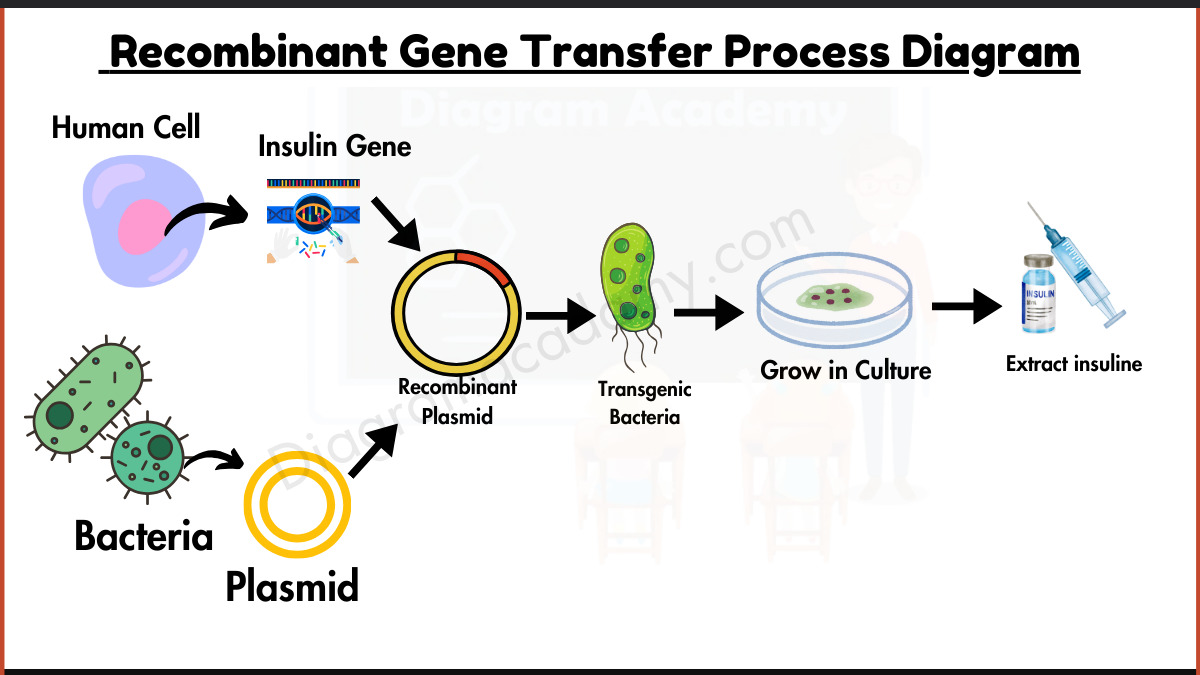Photosynthesis in plants uses carbon dioxide, water, and sunlight to produce glucose and oxygen, while cellular respiration in all living organisms uses glucose and oxygen to release energy (ATP), producing carbon dioxide and water. Photosynthesis is an anabolic process that builds food, whereas cellular respiration is a catabolic process that breaks food down. Both processes depend on each other and help maintain the balance of gases and energy in the ecosystem.
Why do photosynthesis and cellular respiration need each other?
Because photosynthesis provides the oxygen and glucose needed for respiration, and respiration provides the carbon dioxide and water needed for photosynthesis.

Differences Between Cellular Respiration and Photosynthesis
Differences Between Cellular Respiration and Photosynthesis
| Cellular Respiration | Photosynthesis |
| Occurs in all organisms | Occurs in plants, algae, some bacteria |
| Happens in mitochondria | Happens in chloroplasts |
| Uses glucose and oxygen | Uses carbon dioxide, water, sunlight |
| Produces CO₂, water, ATP | Produces glucose and oxygen |
| Catabolic process | Anabolic process |
| Releases energy | Requires energy |
| Does not need sunlight | Needs sunlight |
Which of the two processes needs sunlight to occur?
Photosynthesis needs sunlight; cellular respiration does not.

